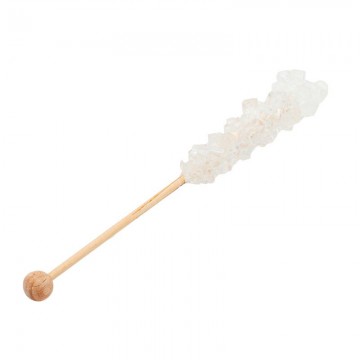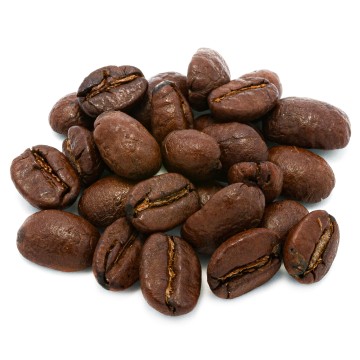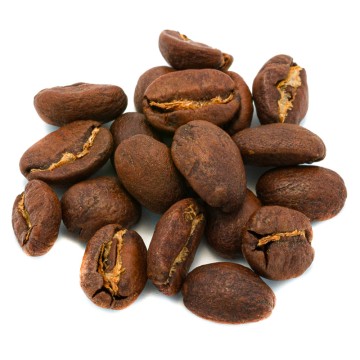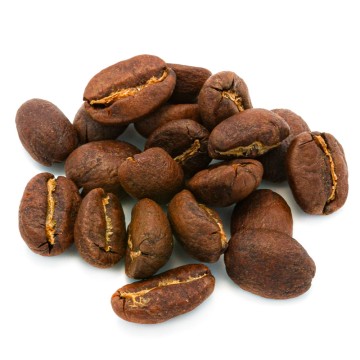Coffee represents one of Peru's main agricultural exports. The country has focused on quality and respect for the environment and many of the varieties of arabica produced in Peru boast the certification for special coffees.
History of coffee production in Peru
Coffee arrived in Peru in the same period in which it arrived in other countries in Central and South America, that is, around 1720, but it was only at the end of the 1800s that the country faces the international coffee market and it is only in the 90s of the last century that we witness a boom that imposes the country on a global level. If we look only at the quantity produced, Peru is not among the ten largest producers in the world and among the major producers some are much smaller countries, but the discussion, qualitative from every point of view, that is carried out in the Andean country is interesting. First of all, the very varied environment which sees the tropical Amazon jungle climbing close to the highlands and then giving way to increasingly less tropical environments up to the snows of the Andes favors the diversification of production. Then the Peruvians have intelligently put their own spin on it, production is organized in a myriad of small and medium-sized producers gathered in cooperatives, within this reality we also find production managed by Yanesha communities who adopt a cultivation method without the use of chemical fertilizers. This has brought Peru to the world's top places in fair trade coffee production, to having different varieties of coffee recognized as specialty coffees and has also opened up a parallel economic sector, that of tourism to discover the plantations.
The quality of Peruvian coffee
As anticipated in the previous paragraph, the variety of the environment and climate favors the diversification of the cultivated coffee varieties, unfortunately in recent years (mid 1910s) Peru and all Latin America have had serious problems with roja, the coffee rust fungus (a devastating plant disease caused by a fungus called Hemileia vasttrix) and this, given that there is no cure, has led to the replacement of local varieties with coffee varieties that are a little more resistant to roja. However, the government and private individuals have worked to relaunch the sector by giving even greater priority to the search for quality. Furthermore, in Peru many producer cooperatives have preferred to continue with the arabica varieties that guarantee the highest quality even if they are susceptible to attack by roja. For example, in the Alto Palomar cooperative which grows organic coffee at altitudes between 1200 and 1800 meters above sea level, Caturra and Typica are still grown. Both are varieties of arabica, we remind you that coffee on a commercial level is obtained from only two species of the Coffea genus of the Rubiaceae family, Coffea arabica (best quality) and Coffea canephora (commercially called robusta), but as with all plants the varieties cultivated are innumerable. Caturra is a variety of Arabica born in Brazil, it is a natural mutation of the Bourbon variety, the Caturra plant is a small plant, so much so that it is called a dwarf plant, the taste is defined as sweet and with lemon notes . Typica, on the other hand, is a tall and slender plant characterized by low yield and high quality, especially in America although the variety probably originated in Ethiopia which is the place of origin of the Coffea arabica species. The taste of Typica is not very different from that of Caturra, like all varieties of arabica it has a relatively sweet aftertaste, the lemon notes in the taste are more pronounced and the variety has a slightly higher acidity

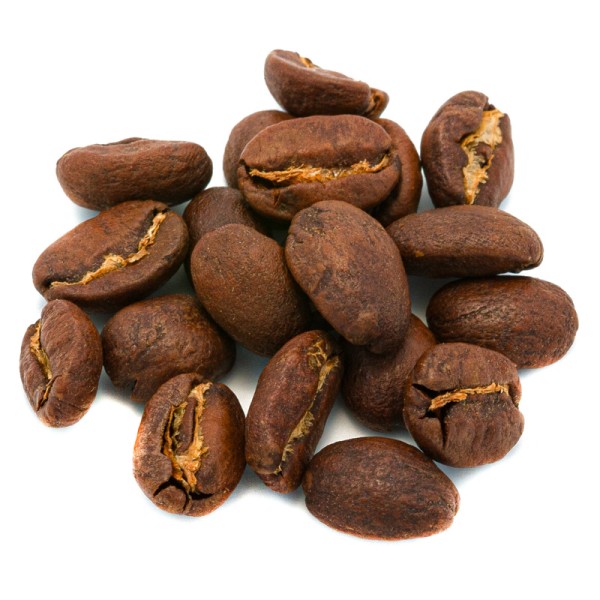

 No reward points for this product.
No reward points for this product.




